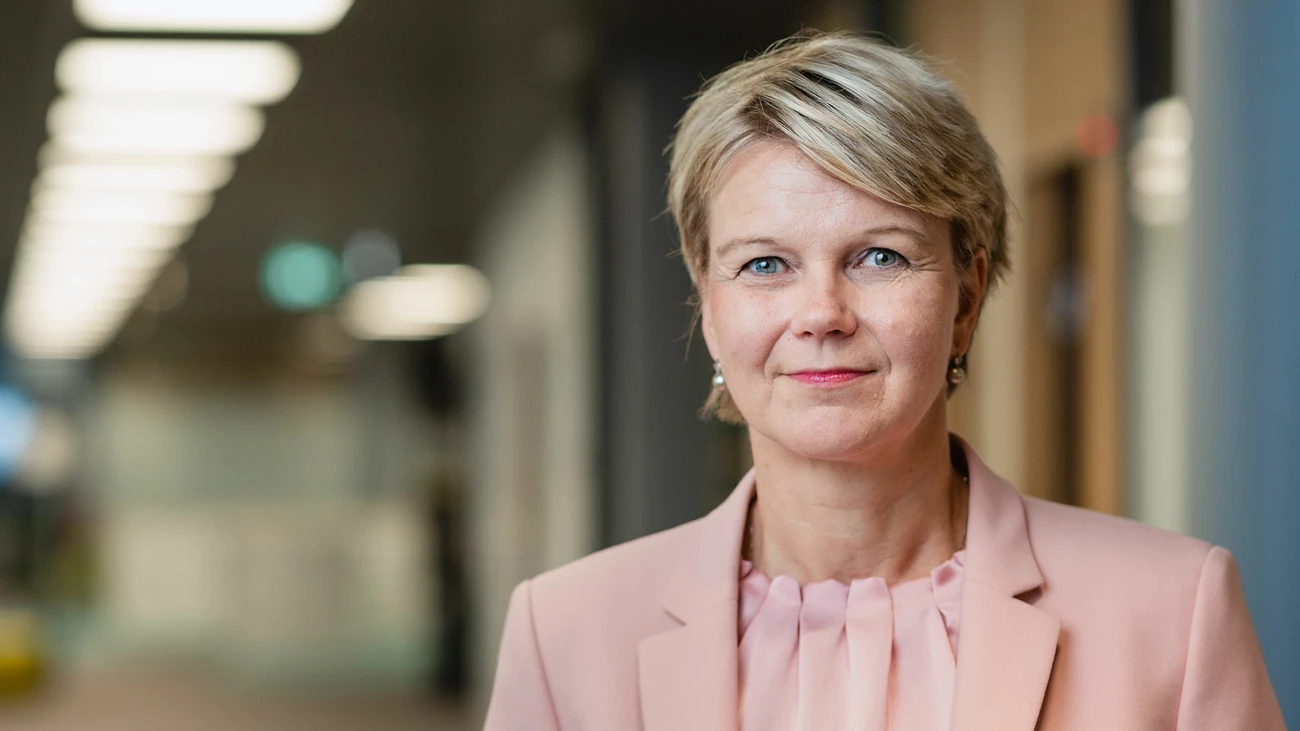Easy guide for SMEs to get started
On our customer sites, we have collected all tools and products in a guide:
Denmark: Sådan kommer du i gang med at arbejde med bæredygtighed
Norway: Hva er en bærekraftig bedrift?
Many small and medium-sized companies are now seeing the sustainability transition as an opportunity for growth and a must to meet the demands from customers and other partners in their value chain. This is one of the conclusions in a new survey from Nordea.

For the last five years, we have asked our corporate customers how their sustainability transition is progressing and the challenges and opportunities they see in it. When we did the first survey, many of the small and medium-sized companies (SMEs) were at the very beginning of their transition journey.
When asked they responded that they were mainly driven by increased customer demand, the possibilities for better brand value and the business opportunities that presented themselves along with the transition. Today the same factors apply, but the need to meet value chain expectations has also become a significant driver.
"It’s encouraging to see how the companies are progressing in their sustainability transition and continue to integrate it into their business models. The increased demands from customers and other partners in the value chain are of course strong drivers, but many also try to seize the business opportunities that arise. The survey tells us that many of our customers are now ready to take further action,” says Nina Arkilahti, Head of Business Banking.
It’s not an easy task to take your transition to the next level, but we are there to support so everyone can get started, regardless of size.

As larger companies are, through the Corporate Sustainability Reporting Directive (CSRD), expected to disclose supply chain emissions, SMEs are increasingly requested to disclose emissions as well. But when it comes to reporting on emissions and creating credible transition plans, many SMEs are unsure how to proceed. More than 60% of respondents state that they are looking for external support to, for example, identify right partners, develop transition plans and make sustainability reporting. These are also areas they find highly important, but where they see themselves progressing the least.
At Nordea, we have over the years established collaborations and partnerships to support businesses in their sustainability transition. Together with our partner Normative, we offer a discount on an enterprise carbon platform that offers comprehensive emissions calculations and ESG data consolidation, allowing you to set targets, plan reductions, engage suppliers and report on CSRD, along with other disclosures.
For small and medium sized enterprises we collaborate with SME Climate Hub which provides free tools and resources such as emission calculators, a climate reporting tool, an online course and actionable support material. We also have financing options like Green loans, Sustainability-linked loans and loans that are financed together with the European Investment Fund to promote more sustainable investments and the green transition in the Finnish and Swedish markets.
"In the survey, we see especially mid-sized companies progressing more consistently across activities and also that more plan to dedicate employee resources to their transition. This is of course not always an option for the smaller companies, and they might have several areas where the support need is bigger. At Nordea, our advisers are trained and have competencies within sustainability and are ready to take up the dialogue with the companies that need it. It’s not an easy task to take your transition to the next level, but we are there to support so everyone can get started, regardless of size,” concludes Nina Arkilahti.
On our customer sites, we have collected all tools and products in a guide:
Denmark: Sådan kommer du i gang med at arbejde med bæredygtighed
Norway: Hva er en bærekraftig bedrift?
The survey looks into the sustainability activities and transition process among Nordea’s business banking customers. The results shed light on the progress, focus areas and challenges of small and medium-sized Nordic businesses in their attempts to transition. Customers have been invited to participate in the survey and the data was collected from 667 respondents across the four Nordic markets. In the survey we have asked our customers about their:

Sustainable banking
Morningstar Sustainalytics has recently published a new report identifying companies that are taking steps to reduce emissions, set actionable targets and implement good governance practices. Nordea is highlighted for its significant progress in reducing emissions and its comprehensive climate targets.
Read more
Sustainability
Amid geopolitical tensions and fractured global cooperation, Nordic companies are not retreating from their climate ambitions. Our Equities ESG Research team’s annual review shows stronger commitments and measurable progress on emissions reductions.
Read more
Sector insights
As Europe shifts towards strategic autonomy in critical resources, Nordic companies are uniquely positioned to lead. Learn how Nordic companies stand to gain in this new era of managed openness and resource security.
Read more